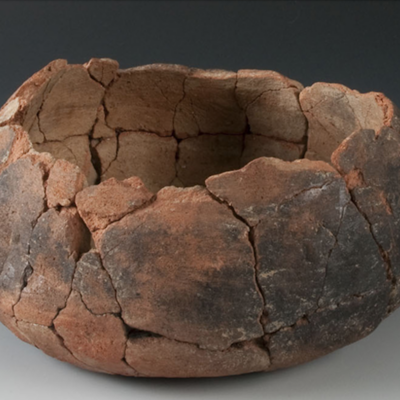Waterhouse building designer Bill Atwood is taking another stab at a multi-story mixed-use development near downtown, and while he believes he’s got a plan for a project that will push West Main Street in the right direction, some are raising concerns that it could put traffic pressure on the surrounding neighborhood.
The Atlantic, which will straddle the 400-500 block of West Main with frontage on parallel Commerce Street, has evolved since May, when Atwood’s initial presentation of a six-story office building that annexed two historic brick structures got a chilly reception from the Board of Architectural Review (BAR). The project is by right, meaning it needs no special zoning approval. It does, however, require a certificate of appropriateness from the BAR, and Atwood said he’s committed to a building that’s right for the neighborhood. He’s since held multiple meetings to gather input from nearby residents, and the project has a new look—and a new purpose altogether.
Atwood is now proposing a mixed-use, mixed-income building, with office and retail space and about 25 apartments, including five affordable and 15 “workforce” units for lower- and middle-income residents. The tallest section of the L-shaped structure will front West Main on the property now occupied by Atlantic Organic Sleep Shop, which would be demolished; longtime shop owner Andie Levine, who also owns the property, said he’s been in talks with Atwood about relocating into the finished building. A lower, longer section will stretch west down the block behind the old brick buildings, which currently house a nail salon and an executive coaching business.
The project also includes a parking garage with an estimated total of 175 spaces, a surplus Atwood said will be a boon to Charlottesville’s growing midtown.
Not everyone is happy with that plan. The garage would have entry and exit points on tiny Commerce Street, and some local residents are concerned about a big uptick in traffic.
“I think the days of needing to garage a lot of cars are numbered,” said Schaeffer Somers, a UVA School of Architecture professor who owns a house on Sixth Street NW. “Twelve, 20 years from now we won’t be thinking about the built environment in the same way.”
There’s already parking a block away in the city-owned garage at the Jefferson School City Center on Fourth Street, Somers pointed out. Why not encourage walkability from there to West Main, and keep parking to a minimum?
“The way this part of the community has been treated, I think this is really a critical project to get right,” Somers said, referring to the razing of the predominantly African-American Vinegar Hill in the 1960s.
Officials, too, expressed concerns about the build. Mary Joy Scala, the city’s preservation and design planner, told the BAR she felt the Commerce Street apartments “do not respect the character of the Starr Hill neighborhood.”
Atwood defended the design, and said he’d continue to engage the community. He’s commissioning a traffic study to better understand the impacts of the planned garage, but he said more parking capacity is going to be essential to the growth of the West Main corridor. Just as important to that growth, he said, is development that includes both much-needed mixed-income housing and space for those apartment-dwellers to work and shop—what he calls “park your car and live” projects.
“It’s not 500 college apartments,” he said, referencing the student-centric housing developments cropping up a few blocks east. “It’s difficult to do, and it takes a lot of work. But we’re trying to move forward in a positive way and meet the needs of the neighborhood.”





